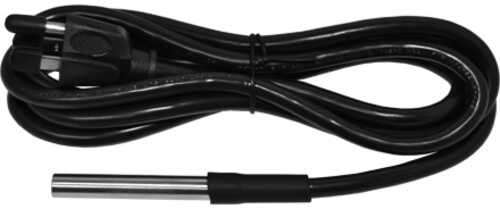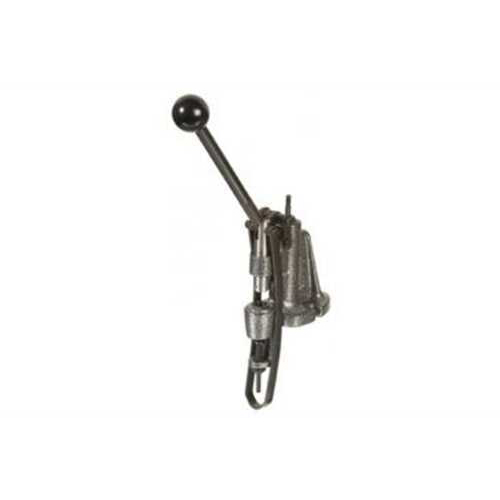

If it’s not even, you can adjust the plunger under the swage die or make your ratchet turn a little longer, up to 1/3 or even 1/2 crank. Check your bullets to make sure you’re getting an even lube all the way around, and especially that the top groove is filled. Push the handle up, ejecting the bullet.This will force lube into the grooves of the bullet through the holes in the die. Give the lube ratchet about a quarter turn counterclockwise.Pull the handle down, pressing the bullet into the die.Place the bullet point up in the middle of the sizing die.OK, now that our lube sizer is set up, we are ready to size and lube a few bullets, a process even easier than setting up the lube sizer: Unfortunately, I don’t have a Lyman #446, so I’ll use an RCBS #429, which is pretty much the same thing. Fortunately, Lyman dies make this process easy, because the mold number (in our case 357446) corresponds to the bullet’s size (357) and the top punch we’ll use (446). If you use the wrong top punch, you can malform your bullet, so we need to make sure we have a punch that will seat properly. The top punch is a piece of metal that’s shaped like the top of the bullet and helps it to keep its shape as you force it through the sizer. Make sure you screw this down with your fingers first instead of using the hexagonal wrench so you don’t cross thread it. There’s a black hexagonal nut that holds it in place. 358 inches across, so we’ll choose die… wait for it… 358.

The swage die is a steel tube with a plunger and a few holes through which lube is going to flow. Now crank the stopper down with the included ratchet until you meet just a little resistance. If you use a hard lube, you’ll need to put the heater element*** in at this point to warm the lube. It has two holes in its base through which a couple of carriage bolts will pass easily. Luckily, setting up the Lube Sizer takes just 4 simple steps: Then I’ll size, lube, and load in one sitting. So while I’ll pour as many as I can in one sitting, I just save the bullets in a peanut butter jar until I’m ready to load. Especially when using soft lubes, bullets that have been lubed can be sticky and messy and can attract a lot of dust. I generally only size and lube enough for what I’m loading in any given day. Enter the Lyman 4500, the press into which we will place the cast bullet to solve both problems with a pull and a twist. It also has grooves that need some lube in them for this bullet to shoot properly from our gun.

Pictured above is a 357 Magnum / 38 Special bullet I poured in a Lyman Mold #357446. We’re going to do things the hard way, using Lyman cast iron molds and a Lyman 4500 Lube Sizer.** The easy way around the problem of stuck bullets is to choose Lee molds, which pour a perfect sized bullet, then to tumble-lube them using a liquid alox lube that covers the whole bullet evenly. This is to cut down on the leading of your barrel and, in a worst case, to ensure that the bullet doesn’t get stuck in your barrel. Poured lead bullets, as opposed to the FMJs you purchase from your friendly neighborhood gun dealer, need to be lubricated before you can fire them.

If you pour your own bullets*, you’ll be faced with a few options for getting them ready to fire.


 0 kommentar(er)
0 kommentar(er)
